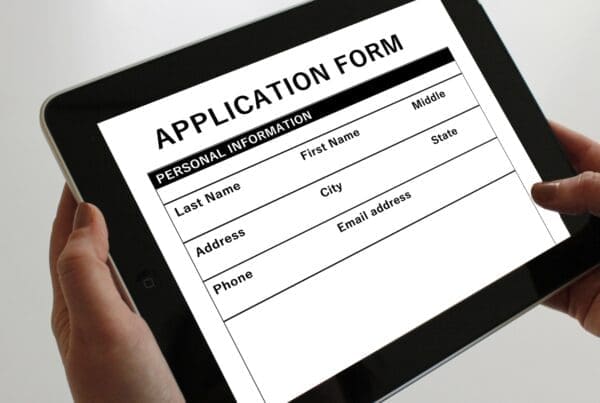As we approach the end of the year, it’s a good time for business leaders to take a step back, look at the benefits and rewards you offer your people and assess whether they are still fit for purpose.
After all, the last thing you want employees to do is to think it’s a good time to begin job hunting. As a professional recruitment agency, we normally see an uptick in people searching for a change in the New Year, and with benefits such as flexible working becoming increasingly important, companies who aren’t offering a satisfactory package in the current climate will lose staff. That job hunt could be starting right now, with September and it’s back-to-school feeling encouraging many to think about where they are and where they want to be.
So how do you evaluate your rewards and benefits package to make sure that it’s in line with what your people want and that you’re not wasting money on so-called benefits that nobody uses?
How to evaluate your benefits package
One clear indicator of how successful your individual benefits are is the employee take-up rate or engagement.
For example, how many of your employees use their subsidised gym membership? Does anyone actually eat the healthy mid-afternoon snacks you provide? Is your cycle to work scheme being used?
Alarm bells should start ringing if you find that take-up rates for your various plans and schemes are poor or if employee engagement with benefits is low. This either means one of two things: your benefits and rewards package isn’t being properly communicated to people, or it’s not fit for purpose. The only way you can be sure? Ask. Speak to your team about how they feel, which perks they value and what they never use or have no interest in.
Monitor staff retention and absences
Your employee retention and absenteeism rates are also a way of conducting a health check on your benefits package.
Are more employees than ever handing in their notice or taking increasing amounts of time off? If so, you would be advised to look at the benefits you’re offering to see if they align with your organisation’s mental health and wellbeing strategy.
For example, maybe offering remote or hybrid working models would improve your employees’ work-life balance thereby leading to greater wellbeing and less people either quitting or taking unauthorised absence. Could coaching sessions or access to a therapist or mental health support service be more useful?
Ask your employees
As well as auditing your benefits in relation to engagement and looking at your retention and absence rates, one obvious way of seeing how popular your package is, is to ask the people who it matters to: your employees.
Employee satisfaction surveys can grant you valuable insight into what your people actually think about your company and its remuneration package – especially if they’re anonymous.
Just make sure you act upon any necessary findings otherwise it will look like you’re just paying lip service and don’t really care how your employees feel. And that won’t do you any favours when it comes to retention and engagement.





